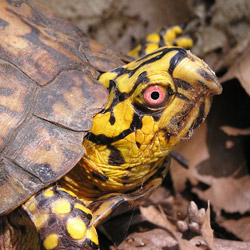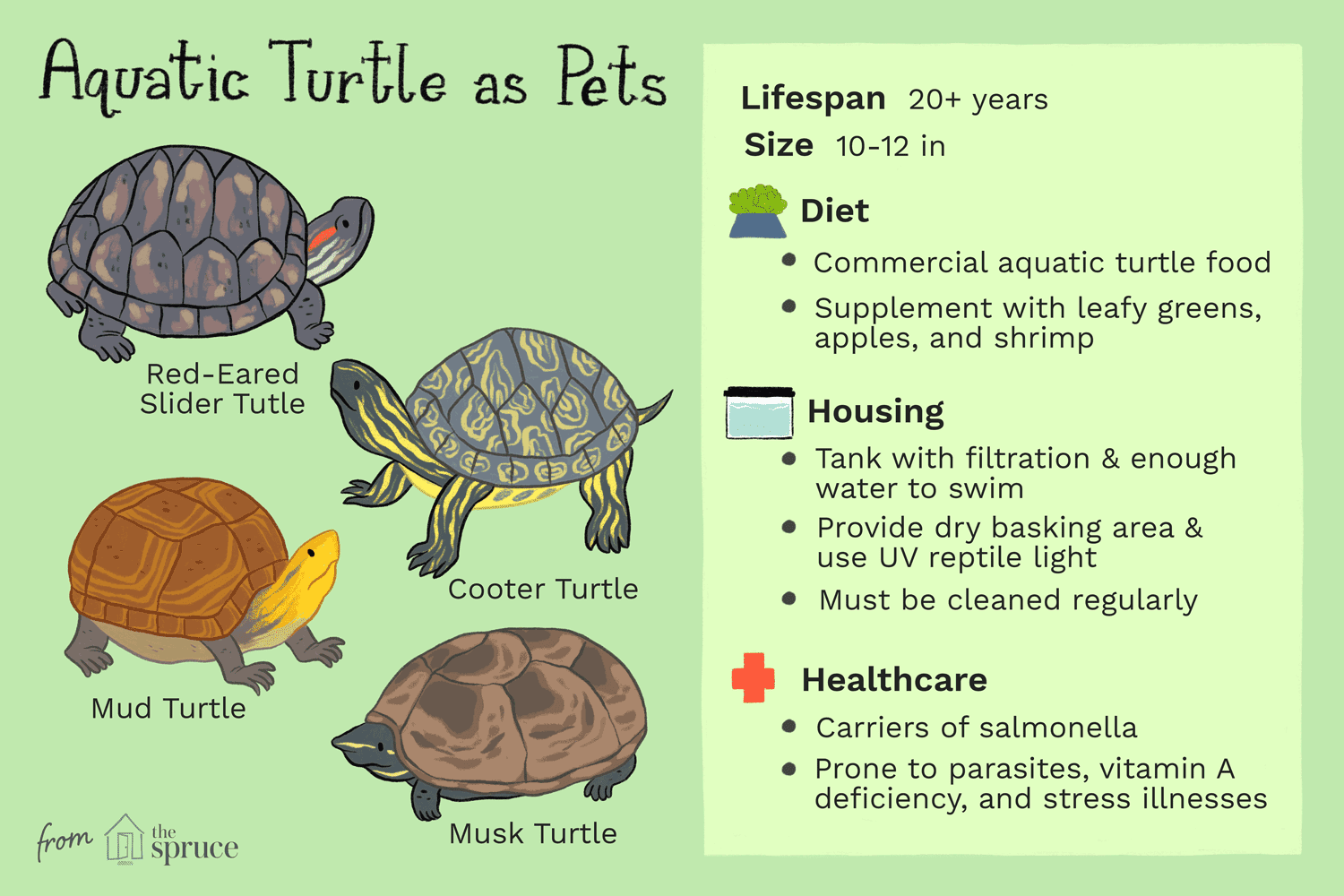Sea turtles lay around 100 eggs in each nesting season. The number of eggs can vary slightly.
Sea turtles are fascinating creatures that play a vital role in marine ecosystems. One of the most intriguing aspects of sea turtles is their nesting behavior. Female sea turtles return to the same beaches where they were born to lay their eggs, a phenomenon known as natal homing.
These incredible animals can lay up to 100 eggs in a single nesting season, with some species like the leatherback laying even more. The nesting process is crucial for the survival of sea turtle populations, as it ensures the continuation of their species. Understanding the nesting habits of sea turtles is essential for conservation efforts aimed at protecting these majestic creatures for future generations.
Types Of Sea Turtles
Sea turtles come in various species, each with unique characteristics. The different species include the loggerhead, green, leatherback, hawksbill, and Kemp’s ridley. Loggerhead turtles are known for their large heads and powerful jaws, while green turtles are named for their green-colored fat. Leatherback turtles, on the other hand, are the largest and most migratory of all sea turtles. Hawksbill turtles have a distinctive beak-like mouth, and Kemp’s ridley turtles are the smallest and rarest sea turtle species. Each type of sea turtle plays a vital role in maintaining the balance of the marine ecosystem.
Nesting Habits
Sea turtles lay a variable number of eggs depending on the species. The selection of nesting sites is crucial for the survival of the offspring. The process of nesting typically involves the female turtle coming ashore at night to dig a nest in the sand where she lays her eggs. After covering the eggs with sand, the female returns to the sea, leaving the eggs to develop on their own.
Egg Development
Sea turtles are known for laying a large number of eggs. The number of eggs laid depends on the species of the turtle. For instance, a loggerhead sea turtle can lay between 100-126 eggs, while a green sea turtle can lay up to 200 eggs in a single nesting season.
Incubation Period
After laying the eggs, the incubation period begins. This period usually lasts between 50-60 days, depending on the species and environmental conditions. The temperature of the sand plays a crucial role in determining the gender of the hatchlings.
Factors Affecting Egg Development
| Factor | Effect |
|---|---|
| Temperature | Affects the gender and development of the eggs |
| Humidity | High humidity can prevent dehydration of the eggs |
| Salinity | Can affect the survival rate of the hatchlings |
| Nesting Depth | Deeper nests can provide better protection for the eggs |
Overall, the development of sea turtle eggs is a delicate process that is influenced by various factors. Understanding these factors can help in conservation efforts to ensure the survival of these magnificent creatures.
Challenges To Egg Survival
Sea turtles face numerous challenges when it comes to egg survival. Natural predators, such as birds, crabs, and mammals, pose a significant threat to the eggs. Additionally, human interference, such as coastal development and egg poaching, further exacerbates the risks faced by sea turtle eggs. These challenges can lead to a decrease in sea turtle populations, highlighting the importance of conservation efforts to protect these vulnerable creatures.
Conservation Efforts
Sea turtles lay a variable number of eggs depending on the species, with an average of 100 eggs per nest. Conservation efforts are crucial in protecting nesting sites to ensure the survival of these endangered creatures. Monitoring and research play a vital role in understanding nesting behaviors and threats faced by sea turtles.
Global Impact
Sea turtles play a crucial role in the ecosystem. They help maintain a balance between different species by controlling the population of their prey. Sea turtles are also a source of food for many predators. They contribute to the nutrient cycling of marine ecosystems by depositing their eggs on the beaches. However, sea turtles face many threats, including habitat destruction, pollution, and climate change. These factors have led to a decline in sea turtle populations worldwide. It is essential to take measures to protect sea turtles to ensure their survival and maintain a healthy marine ecosystem.
| Threats to Sea Turtles | Impact |
|---|---|
| Habitat Destruction | Loss of nesting sites and feeding grounds |
| Pollution | Entanglement in marine debris, ingestion of plastic, and exposure to oil spills |
| Climate Change | Rising sea levels, changes in ocean currents, and temperature changes affect sea turtle habitats and food sources |
Conclusion
Sea turtles lay varying numbers of eggs depending on the species, with some laying just a few while others lay hundreds. Understanding the egg-laying habits of sea turtles is crucial for conservation efforts. By learning more about their nesting behaviors, we can better protect these magnificent creatures for future generations.



Leave a Reply